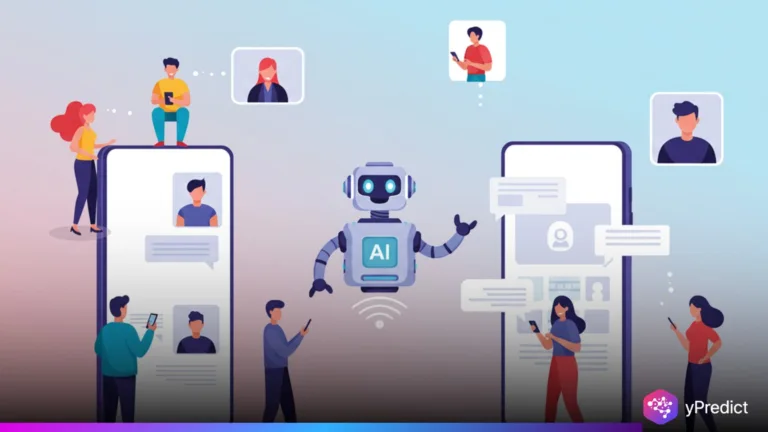
OpenAI CEO Sam Altman has announced plans to launch a revolutionary AI device and sell 100 million units by the end of 2026. The ambitious project was revealed during an internal meeting, according to The Wall Street Journal. The device, designed with former Apple legend Jony Ive, is intended to become a “third core device” after the PC and smartphone. Unlike traditional tech gadgets, it won’t have a screen or phone features. Instead, it will offer ambient intelligence and seamless access to OpenAI’s tools, marking a major leap in personal AI technology and direct-to-consumer strategy.
Beyond the Screen: Altman and Ive’s Radical AI Device Vision
Altman and Ive are building a new category of consumer tech, something that isn’t a phone, screen, or wearable. The device will be small enough to fit in your pocket or sit on a desk. It’s designed to be “environmentally aware,” continuously integrating into users’ surroundings to assist proactively. The goal is to make AI feel ambient and ever-present, not something accessed only via phones or browsers. This project follows OpenAI’s $6.5 billion acquisition of Jony Ive’s firm, which Altman believes could generate $1 trillion in value.
Sam & Jony introduce io pic.twitter.com/ej5K59kJq3
— OpenAI (@OpenAI) May 21, 2025
Their combined vision is to create hardware that functions as a gateway to OpenAI’s full AI stack, voice, context, and reasoning included. Altman sees this device not just as an innovation but as a strategic necessity. It allows OpenAI to own the hardware channel to its AI, bypassing smartphone giants like Apple and Google. With this, OpenAI could deliver immersive, real-time AI experiences without platform constraints. The plan is to ship devices by late 2026. Despite setbacks in similar efforts by Humane and Rabbit Inc., Altman is betting big that OpenAI’s software advantage and Ive’s design pedigree will finally make consumer AI hardware work.
The Challenges Facing OpenAI’s Consumer Hardware Dreams
Altman’s vision is bold, but the road is uncertain. Previous AI hardware launches have flopped. Humane, a startup that Altman backed, released a wearable device with AI functions, but it received criticism for poor user experience. Rabbit Inc.’s device also failed to generate real momentum. OpenAI itself faces financial pressure. The company does not expect to turn a profit before 2029. Its models are costly to train and operate, especially as demand grows. Creating a mass-market device will only increase spending, making the success of the hardware launch even more critical.
Altman remains undeterred as he argues that direct-to-user hardware is essential for OpenAI’s future. Without it, the company remains dependent on phone makers and browser platforms. With it, OpenAI can deliver AI in a context-aware, persistent form factor, something that feels personal and ever-present. This would be a major evolution in how AI is experienced. Rather than a reactive chatbot or cloud tool, the AI device would become a real-world assistant, watching, listening, understanding, and helping in real time. If successful, it could change how we interact with technology. But if it fails, it may reinforce the limits of AI hardware in a smartphone-dominated world.
OpenAI’s High-Stakes Leap Into Consumer Tech
Sam Altman’s plan to launch a screenless AI device and sell 100 million units by 2026 is more than a product launch; it’s a strategic move to control how users interact with AI. With Jony Ive’s design expertise and OpenAI’s technology, the project blends vision and capability. But it faces stiff competition, market skepticism, and high financial risk. If it succeeds, it could redefine personal computing and elevate OpenAI to the level of Apple or Google. If it fails, it will be a costly detour. Either way, this device marks a bold bet on the future of everyday AI.






